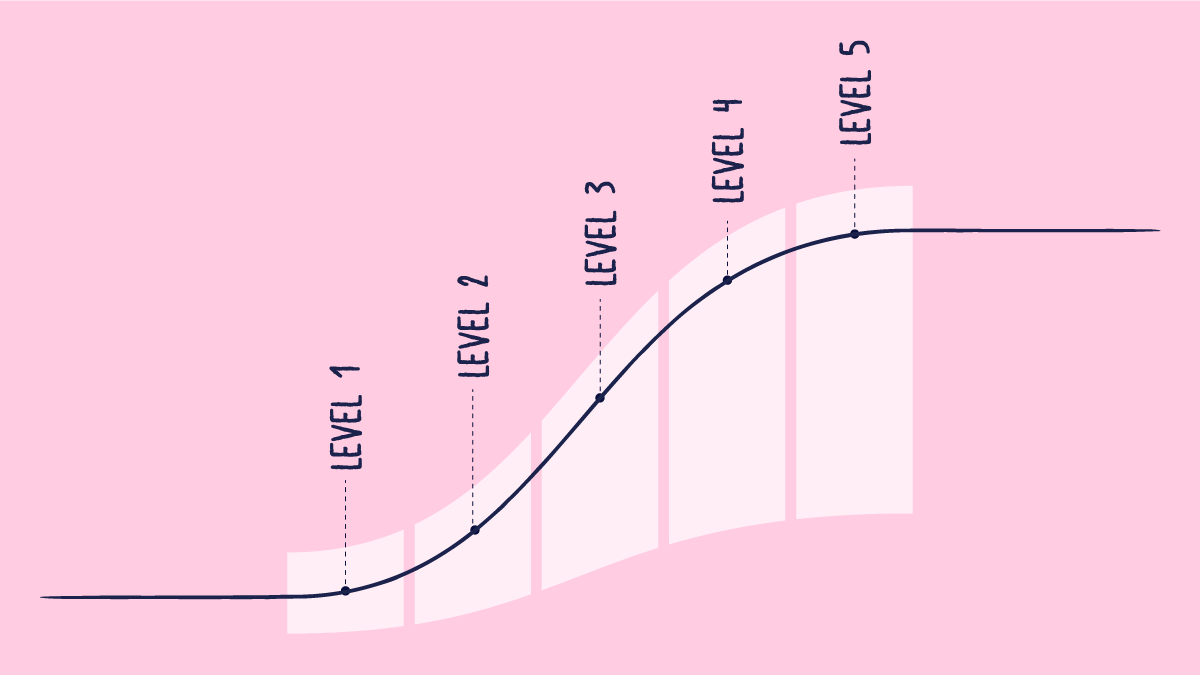Operational Qualification (OQ)
Developing and manufacturing a stable and safe medical device is difficult for even the most experienced manufacturers. How can you ensure you manufacture highly predictable medical devices that offer consistent performance with minimal variation? The answer is process validation.
Process validation is the framework around your medical device manufacturing process that ensures your device is installed and operates appropriately while providing continuous and stable performance.
After Installation Qualification (IQ), the second significant process validation phase is Operational Qualification (OQ).
What is Operational Qualification (IQ)?
Operational qualification is performed after you've successfully completed installation qualification and answers the questions "Is my device operating correctly?" and "What are my device's operating limits?".
The FDA defines operational qualification as "…establishing confidence that process equipment and sub-systems are capable of consistently operating within stated limits and tolerances."
Operational qualification should be done when a device has been installed, maintained, or modified. It can also be a part of scheduled quality assurance testing.
Operational testing verifies that all equipment and associated accessories and parts perform according to specifications and pre-set thresholds. You are checking that all the items in the test plan are tested and that the performance and results are documented.
Operational qualification seeks to do two things:
- Identify critical parameters and establish a process window, also known as an operating window. When you understand your device's limits, you can ensure you can manufacture conforming devices within the determined pre-sets every time.
- Challenge the worst-case operational conditions, including worst-case scenarios, potential failure modes, control limits, and more. Running your device at the worst conditions demonstrates that even the worst conditions within the operating window result in an acceptable medical device. It also indicates that your device is robust and can operate within a variation of the process parameters.
You should review hardware and software and all their associated procedures, such as maintenance, operation, cleaning, and safety. In practice, that includes checking the operation of the whole device and all its parts, which can include:
- Activity triggers
- Alarms
- Automation features
- Calibration
- Card readers and access systems
- Computer and software systems
- CO2 controls
- Environmental conditions
- Displays and operational signals, such as lamps and LEDs
- Fans and fan-speed controllers
- Flow
- Humidity controls and measuring systems
- Interlocks
- Keyboard controls
- Leveling and fluctuation
- Motors and air flaps
- Pressure and vacuum controllers
- Process controls
- Repeatability
- Safety
- Speed
- Temperature control and variations, as well as temperature protection systems
- Timing
- Procedures used by operating personnel
- Voltage and amperage levels
Why should I do operational qualification?
Short answer: It's required by the FDA.
The longer answer is that, like installation and performance qualification, operational qualification offers several benefits to medical device manufacturers:
- It reduces the risk that devices do not operate correctly or as intended, thus reducing the risk to patients and users impacted by the device.
- Potential device issues can be overlooked. When devices are not running correctly, you risk missing device issues that can cause problems for the user and patients or diminish the device's performance. For example, if your device is not operating as it should, you risk damaged components, software issues, workflow issues, and more. None of these issues might be apparent at first use, but they can cause problems down the line.
- It helps the manufacturer establish and understand the upper and lower limits of function, creating an operating window that ensures that all manufactured devices work as intended within that window. Even when devices are in worst-case settings or environmental conditions, devices should work as intended. Operational qualification helps confirm that that is the case.
- If any issues appear when a device is in use, the process validation documents – which include installation, operational, and performance qualification, can help regulatory authorities and the manufacturer retrace their steps and identify the root cause of the issue.
Operational qualification process
When performing operational qualification, you should generally establish an operational process that includes the following activities:
- Identify the critical operating parameters.
- Describe the experiments for critical variables.
- Check the details for the sequence of experiments
- Check the specifications of any necessary measuring equipment.
- Define the acceptance criteria for the device operation.
Once you have your process in place, you can start your operational qualification. The first step is establishing your process window. You do that by choosing input and output factors. For example, for a heat-sealing process, your input factors are temperature, time, and pressure, while your output factor could be seal strength.
Next, you run your operation in worst-case settings or worst-case situations. In the case of our heat-sealing process, upper limits could be 160°C, 2.5 hours, and 3.5 PSI. Once you've tested your device at its upper and lower limits, you know that your device still performs as intended, even in the worst-case scenario.
Additional resources

How to Implement the Continuous Improvement Cycle | Scilife
Even an organization with stellar leadership and a solid core of employees experiences hiccups from time to time. Despite having assembled all the ...

How to assess and enhance your Quality Management Maturity | Scilife
As the life sciences industry becomes increasingly regulated and competitive, quality management has become more vital than ever. Are you confident ...

Best Quality Management Software (QMS) for Life Sciences | Scilife
The right electronic Quality Management System (eQMS) can help strengthen your compliance processes and build a culture of quality within your ...

How to write a good quality plan for medical devices | Scilife
In life sciences, especially if you’re in the medical device industry it becomes harder to manage projects in accordance with your company’s quality ...
Turn quality into your brightest asset with Scilife
